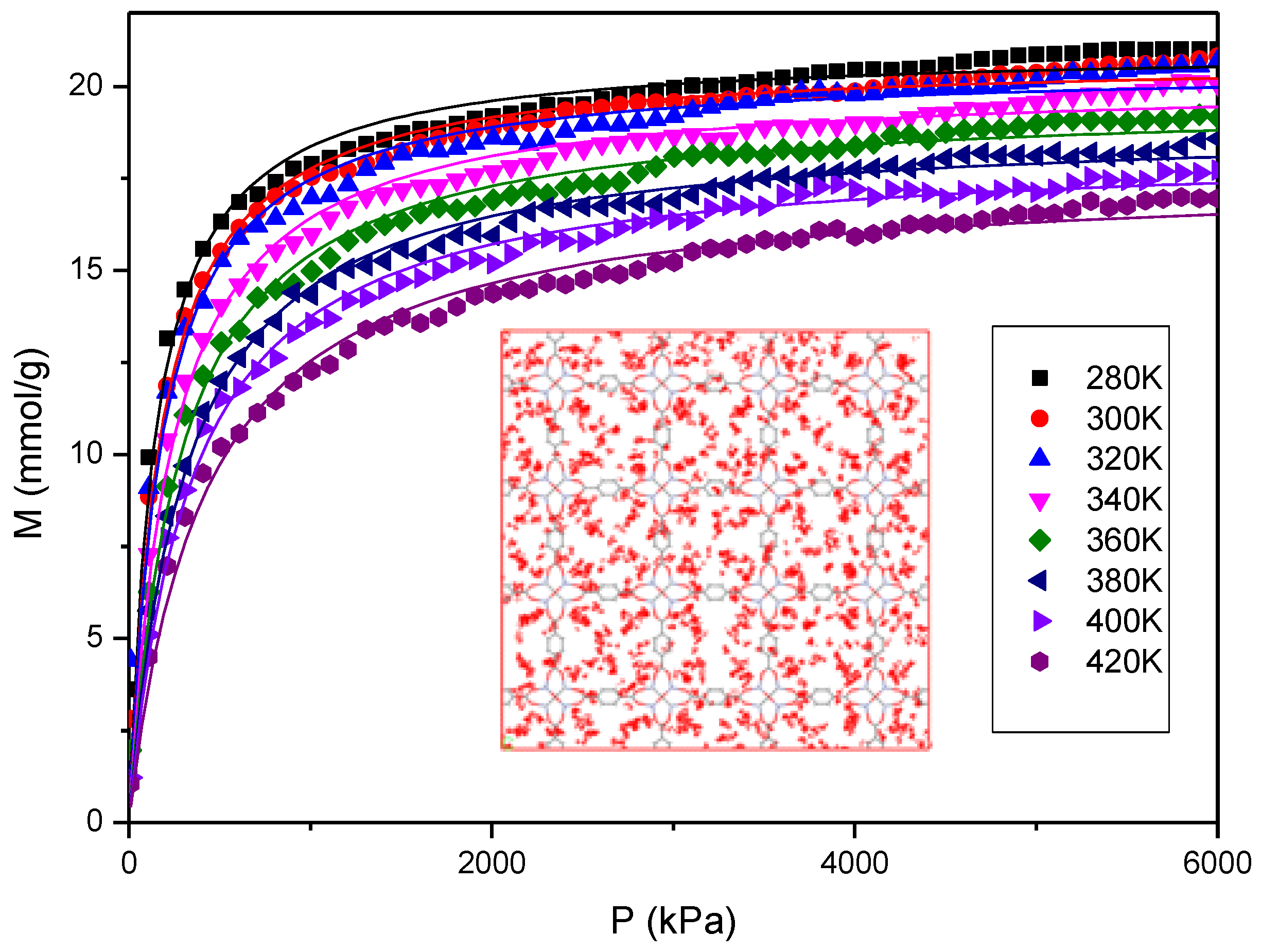

Recent advances in new materials, such as nanomaterials, have opened a new era of analytical techniques.
#Nitrogen sorption materials studio tutorial for free
Besides, the latest microwave sensor implies that information such as amplitude and phase at terahertz frequencies is useful for HMIs detection, which in turn can be implemented using metamaterials, well known for free manipulation of electromagnetic (EM) waves within the sub-wavelength scale. The sensitivity of the FET sensor can be further enhanced by optimizing its structure using the metamaterial technique, which shows obvious advantages in high sensitivity detection, device miniaturization, and so on. Electrochemical method, however, suffers from the difficulty in determining the concentration of individual HMI in the presence of other HMIs, passivation of the electrodes due to the adsorption of different non-metallic substances, and poor reproducibility owing to the formation of intermetallic compounds. Electrochemical analysis and FET sensors are two common fast and simple detection schemes. It is necessary to develop highly sensitive, rapid, and simple methods for HMIs detection. Most of them require expensive instruments and specialists to perform the analyses. Many methods and devices have been developed to detect HMIs in water, including electrochemical analysis, fluorescence detection, colorimetric method, inductively coupled plasma mass spectrometry (ICP-MS), atomic absorption spectroscopy (AAS), Fourier transform infrared spectroscopy (FT-IR), X-ray photoelectron spectroscopy (XPS), ultraviolet and visible (UV-Vis) spectroscopy, X-ray fluorescence spectroscopy (R-FS), field-effect transistor (FET), microwave sensors, etc. ) has drawn intensive attention worldwide. Therefore, pollution in water caused by toxic HMIs (Hg 2+, Pb 2+, Cr 2+, Cd 2+, As 2+, Ni 2+, Cu 2+, etc. As heavy metal ions (HMIs) are difficult to be degraded naturally, they accumulate in organisms and environment, and then enter the human body, causing poisoning of skin, nerves and viscera, as well as various cancers. Heavy metals contamination in water has become a severe issue due to industrial and agricultural activities, such as manufacture of metallurgy, chemicals and microelectronics, overuse of fertilizers and pesticides. © 2021 Optical Society of America under the terms of the OSA Open Access Publishing Agreement 1.

The proposed concept and discussed method can be helpful to design highly sensitive, fast, and reusable HMI detectors. By adding specific functional groups to the graphene, the devices may even recognize one specific HMI out of many due to selective adsorption. By changing the bias voltage, the devices can be easily adjusted to their linear working regime for enhanced response speed and performance. Theoretical calculations and numerical simulations show that the amplitude and phase of electromagnetically induced transparency/reflection resonance of the devices depending on the concentration and type of the HMI in the solution. We propose a graphene-based terahertz metamaterial approach to the detection of heavy metal ions (HMIs).



 0 kommentar(er)
0 kommentar(er)
